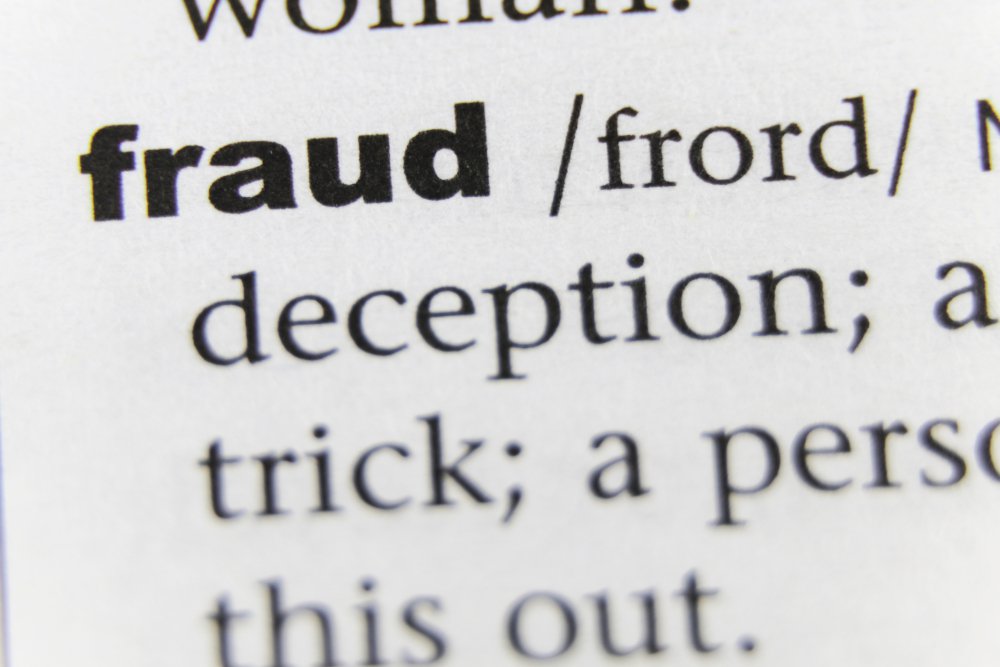Corporations and other entities routinely purchase directors and officers (D&O) liability insurance to protect their directors and officers, as well as the business entity itself, from losses arising from certain claims brought by third parties. But what constitutes a “claim” and a “loss” under a D&O policy is often not clear-cut.
What coverage does D&O insurance provide?
D&O policies generally provide three types of coverage. These policies protect the assets of directors and officers against claims alleging the commission of wrongful acts in managing the business or organization. D&O policies also provide reimbursement coverage for the business entity for claims in which it indemnifies its directors and officers. In addition they provide coverage for the entity for corporate liability such as securities claims. Policyholders are reimbursed for defense costs, settlements, judgments and damages in connection with covered events. However, like all insurance policies, D&O policies have significant exclusions. When a dispute arises, courts must first look at whether the underlying action qualifies as a claim under the policy and then whether the losses are covered.
How are claims defined?
For there to be coverage, there must be a triggering claim, and most policies include a definition of what constitutes a claim. Typically, claims can include civil lawsuits, administrative proceedings, criminal proceedings, and the resultant demands for damages or other relief. However, there are many gray areas that lead to disputes over whether there is coverage under the policy. For instance, with regard to regulatory proceedings, coverage under a D&O policy is typically not triggered by preliminary or informal investigations, even though insureds can incur significant legal expenses at that stage. Disputes often arise over at which point a regulatory proceeding rises to the level of formality required to trigger coverage. For instance, the SEC launched an investigation into a company in response to a whistleblower’s complaint about accounting improprieties. The SEC investigation did not lead to the filing of a judicial or administrative complaint against the company or any of its directors or officers. But the company incurred $23 million in attorneys’ fees for representation in the investigation, to conduct an internal audit and to indemnify its directors and officers prior to their receipt of a subpoena or Wells Notice. The court held that under the definition of the policy, the SEC activity did not trigger coverage, because the SEC’s notice of inquiry and order directing private investigation did not identify any particular directors or officers as respondents or potential targets and did not allege any violation of securities laws.1
Disputes involving the claims period
D&O polices are “claims-made” policies, which means they provide coverage only for those claims that are made during the policy period. When there are a series of actions that together constitute a claim, courts must decide when the claim would be considered “made” for purposes of determining whether it falls into the coverage period. For instance, the Second Circuit held that an insurance company did not have to cover a Department of Justice action against an insured because the action related to a claim that was first made prior to the policy’s 2008 effective date. In 2007, the Office of the Attorney General of Maryland sent a letter to the insured, requesting information relating to potential statutory violations, asked the company to immediately cease all offers and sales of business opportunities, and specified that failure to respond could result in formal legal action. A criminal indictment against the company was filed in 2012. The court held the indictment was based on the same or interrelated wrongful acts that were the subject of the 2007 Maryland AG letter, and that the letter had risen to the required standard as a “demand” because it requested information, directed the insured to stop business activities, and stated that a failure to comply could lead to legal action.2
Are all losses covered?
Courts differ on whether losses should be covered under certain circumstances, such as when claims by third parties against directors and officers seek to merely redistribute assets within a corporation, rather than claiming a loss. Also, some courts have found that coverage is excluded for “losses” that insureds incur when they are merely returning property to another party that they were not entitled to in the first place. For instance, one court held that a bankruptcy judgment against a CEO was not covered because “[p]ayments fraudulent as to creditors that must therefore be repaid due to bankruptcy court order is a disgorgement of ill-gotten gains and a restitutionary payment.” 3 As another court explained in a different matter, “If disgorging such proceeds is included within the policy’s definition of ‘loss,’ thieves could buy insurance against having to return money they stole.” 4
If you are involved in a dispute with your business insurance company, contact us. We have the expertise, experience and tenacity to make insurance companies keep their promises to you and your business.
1 Office Depot, Inc. v. Nat’l Union Fire Ins. Co., 734 F. Supp. 2d 1304, 1319-20 (S.D. Fla. 2010)
2 Weaver v. Axis Surplus Ins. Co., No. 14-4180 (2d Cir. Mar. 7, 2016)
3 Stanley v. U.S. Bank Nat’l Ass’n, 597 F.3d 298, 308-11 (5th Cir. 2010)
4 Ryerson Inc. v. Federal Ins. Co., 676 F.3d 610 (7th Cir. 2012)

